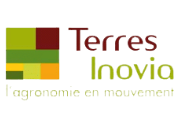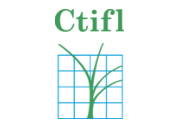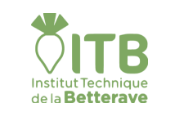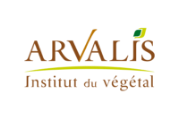CAPTE
The CAPTE* unit was created on January 2013 in Avignon. It has been approved by the Ministry of Agriculture and Food to develop tools and methods for an efficient use of sensors and remote sensing in agriculture. To achieve this goal, a range of public and private stakeholders are involved to cover the whole chain from research to application.
Today, UMT CAPTE is composed of three entities in Avignon, INRA, ARVALIS and HIPHEN and associates ACTA, CTIFL, GEVES, ITB and Terres Inovia.
OUR RESEARCH
Our goal is to develop tools and methods for an efficient use of sensors in agriculture. These technologies can be applied at various scales, from microplots (~10m²) to farm fields (~10ha) and for different applications:
- Crop breeding via high throughput phenotyping
- Support for experiments on crop management, by enabling fast and non-destructive observations
- In season real-time field crop management from close range and remote sensing
We test, adapt and eventually develop sensors for real-time in-field mesurements. This includes various acquisition devices such as hand-held, fixed, tractor-borne systems, drones and satellites.
Another goal of CAPTE is to develop algorithms to analyze sensors’ data. The softwares are integrated in a processing cloud platform, Cloverfield, to unify data management and processing.
We promote an integrative approach of sensors and crop models. Both present strong complementarities and potential to describe crops state, predict their growth and prescribe the appropriate management.
OUR RESEARCH
LATEST PUBLICATIONS
UMR EMMAH
228 route de l’Aérodrome – CS 40509
84914 Avignon Cedex 9
Google Maps
Contact UMT CAPTE here :









